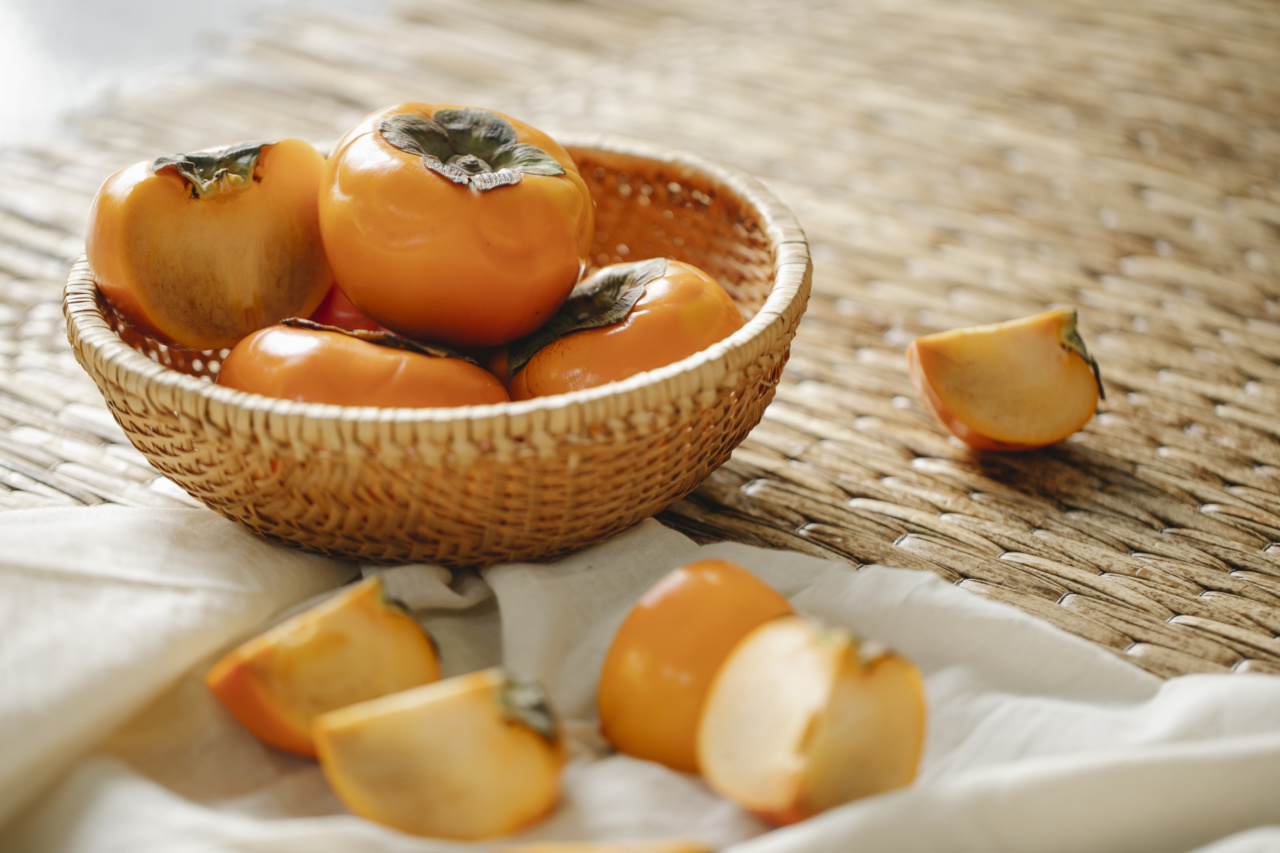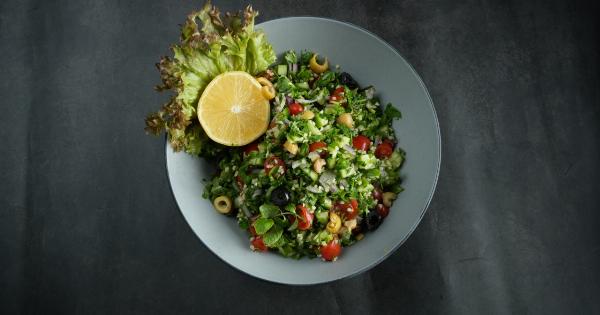Tabbouleh Salad is a delicious Middle Eastern dish packed with a variety of fresh ingredients and flavors. This healthy salad is not only a treat for your taste buds but also a nutritious addition to your diet.
In this article, we will explore the origins of Tabbouleh Salad, its ingredients, the benefits it offers, and some variations you can try. So, let’s dive into the world of Tabbouleh Salad and discover why it has become a popular choice for health-conscious individuals.
Origin of Tabbouleh Salad
Tabbouleh Salad traces its roots back to the Levantine region, which includes countries like Lebanon, Syria, Jordan, and Palestine.
It is believed to have originated in the mountains of Lebanon and has been a staple in the Middle Eastern cuisine for centuries.
The word “Tabbouleh” itself comes from the Arabic word “taabil” which means “seasoning” or “spiced.” In its traditional form, Tabbouleh Salad was considered a luxurious dish made with expensive spices and rare ingredients.
Ingredients
The main ingredients of Tabbouleh Salad include:.
- Bulgur: A type of cracked wheat that serves as the base for Tabbouleh Salad. It is soaked in water and then mixed with the other ingredients.
- Parsley: Fresh, finely chopped parsley is a key component of Tabbouleh Salad. It provides a fresh and vibrant flavor.
- Tomatoes: Ripe, juicy tomatoes are finely diced and added to the salad. They add a refreshing burst of flavor.
- Onion: Red or white onions are finely chopped and contribute a mild, sharp taste to the salad.
- Mint Leaves: Fresh mint leaves are chopped and added to enhance the aroma and add a hint of freshness.
- Lemon Juice: The juice of freshly squeezed lemons is usually added to dress the salad, providing a tangy and citrusy taste.
- Olive Oil: High-quality olive oil is drizzled over the salad, adding richness and a subtle fruity flavor.
- Salt and Pepper: A pinch of salt and freshly ground black pepper are added to enhance the flavors.
Preparation
The preparation of Tabbouleh Salad involves several steps:.
- Start by soaking the bulgur in water for about 30 minutes, or until it becomes soft and tender.
- While the bulgur is soaking, chop the parsley, tomatoes, onions, and mint leaves into fine pieces.
- Once the bulgur is ready, drain any excess water and combine it with the chopped herbs and vegetables in a bowl.
- Add lemon juice, olive oil, salt, and pepper to the mixture and toss everything together until well combined.
- Let the salad sit for about 15-20 minutes to allow the flavors to meld together.
- Before serving, give the salad a final toss and adjust the seasoning according to your taste.
Health Benefits
Tabbouleh Salad offers numerous health benefits due to its nutritious ingredients:.
1. Nutrient-rich
Tabbouleh Salad is rich in essential vitamins, minerals, and antioxidants. Parsley alone provides an abundant amount of vitamin K, vitamin C, and vitamin A.
Tomatoes contribute lycopene, a powerful antioxidant that may help reduce the risk of chronic diseases.
2. High in fiber
Bulgur, a key ingredient in Tabbouleh Salad, is a good source of fiber. Fiber aids digestion, helps maintain bowel regularity, and promotes overall gut health.
3. Weight management
With its fiber content and low calorie count, Tabbouleh Salad can be a great addition to a weight-loss or weight-management plan. It helps you feel full for longer periods, reducing the chances of overeating.
4. Heart-healthy
The combination of olive oil and fresh vegetables in Tabbouleh Salad promotes heart health. Olive oil is rich in monounsaturated fats, which may help lower bad cholesterol levels and reduce the risk of heart disease.
5. Boosts immune system
The diverse range of vitamins and antioxidants in Tabbouleh Salad supports a healthy immune system. Vitamin C from the lemon juice and parsley helps strengthen immunity and protect against illnesses.
Variations
While the traditional Tabbouleh Salad recipe is widely loved, there are several variations you can try to suit your taste preferences:.
1. Quinoa Tabbouleh Salad
Replace bulgur with cooked quinoa to create a gluten-free version of Tabbouleh Salad. Quinoa adds a nutty flavor and provides additional protein.
2. Tabbouleh Lettuce Wraps
Instead of serving Tabbouleh Salad as a standalone dish, wrap it in crisp lettuce leaves for a refreshing and light meal. It is a perfect option for a quick and healthy lunch.
3. Tabbouleh with Feta Cheese
Add crumbled feta cheese to the salad for a creamy and salty twist. The tanginess of the cheese complements the freshness of the salad.
4. Mediterranean Tabbouleh
Experiment with additional Mediterranean ingredients such as diced cucumbers, olives, and bell peppers. This variation adds extra crunch and flavors to the salad.
Conclusion
Tabbouleh Salad is a versatile and healthy dish that combines the freshness of herbs, the richness of olive oil, and the tanginess of lemons.
Whether you stick to the traditional recipe or try out variations, Tabbouleh Salad is sure to delight your taste buds while providing a host of nutritional benefits. So, why not give this wholesome Middle Eastern salad a try and discover its amazing flavors for yourself!.






























